Nowadays, microplastics appear to be everywhere, from the arctic to deep into people's lungs, which is very concerning. Plastic gradually degrades into microscopic microplastics that humans consume, drink, and breathe in. Inevitably, microplastics find their way into natural food systems and rivers, where they can eventually end up on your plate.
Though it is impossible to totally avoid microplastics, we may make intentional efforts to reduce our exposure to microplastics to a significant extent. Here are some ways to hopefully avoid microplastics:
Avoid Single-use Packaging
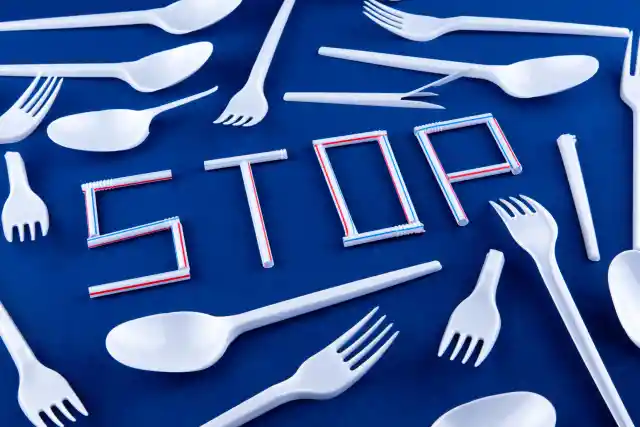
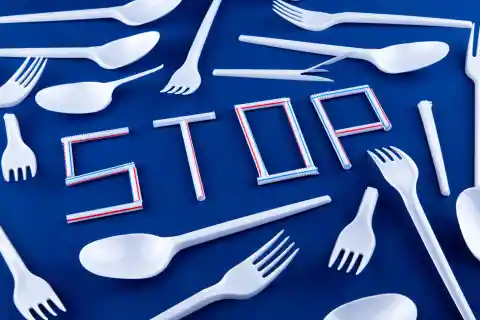
Carry your own takeaway containers and reusable silverware. More toxins seep into your meal when heated food comes into touch with plastic to-go containers. The same holds true for your morning coffee poured into a throwaway, plastic-lined cup. Pack your own bamboo utensils or silverware, and put your food in glass or metal containers to prevent microplastics from getting into it.
Avoid Plastic Food Containers
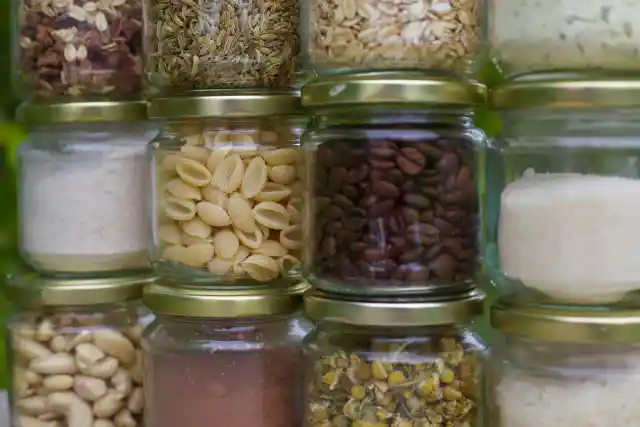
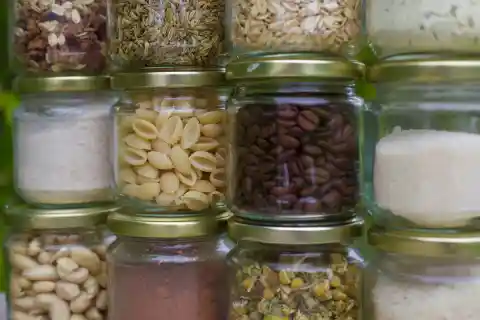
If you must use plastic containers, avoid heating them in the microwave or storing hot food in them as heat can exacerbate leaching. You can see CR’s top picks for glass and steel food storage containers. Also, keep your food below the very top of the container so as to prevent contact with the lids, which are generally plastic. Food is more prone to absorb chemicals from plastic when it is in touch with it for an extended length of time. Try using glass or metal containers instead, and use beeswax wrap rather than plastic wrap.
Replace Plastic Cutting Board
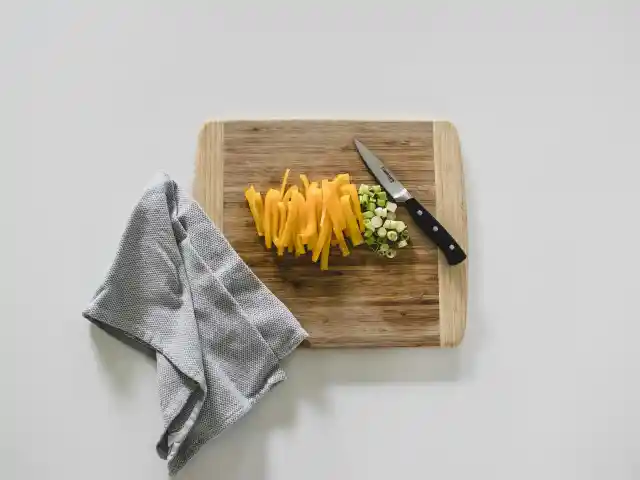

Chopping on a plastic cutting board can generate microplastics, so consider a wood or silicone board instead. Wood cutting boards are porous and may not be thoroughly cleaned, which raises the possibility of contracting a foodborne disease even if using one would seem like a safer and cleaner choice. So be sure to disinfect wooden cutting boards on a regular basis.
Avoid Plastic Water Bottles
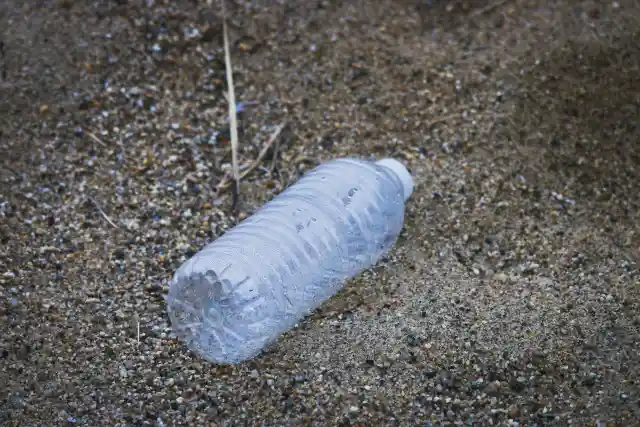
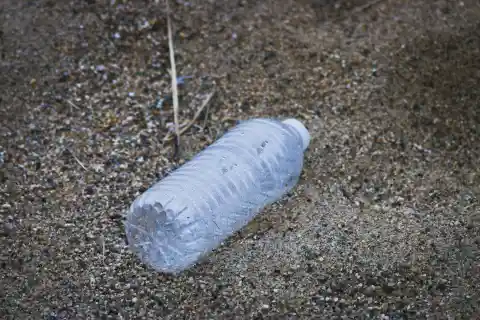
One of the simplest ways we could lower our intake of microplastics is to refuse single-use plastic bottles. Reaching for a plastic bottle (the kind you see in the vending machine stocked with soda, water, or sports drinks) is unquestionably handy. Sadly, drinking from plastic bottles is not as safe as you would believe. As far as reusable bottle materials go, if you're trying to avoid plastics, stay away from BPA-free plastic, tritan copolyester, and most aluminum water bottles, because they also contain unseen liner materials such as epoxy, resin, polymer, or enamel (via Bulletin Bottle). Your best hope for plastic-free solutions are glass or stainless-steel bottles.
Limit Seafood Intake
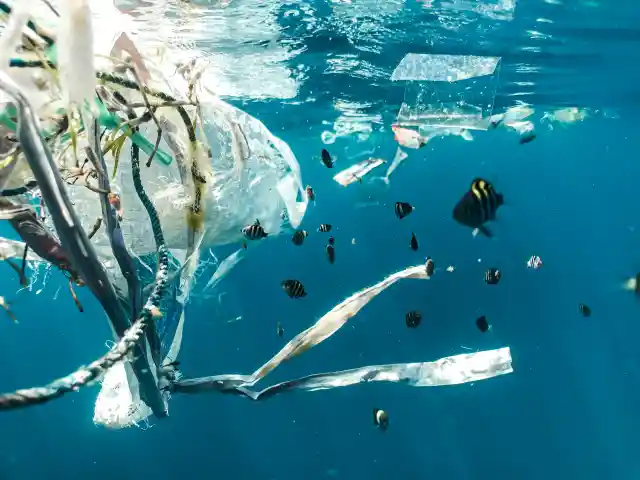
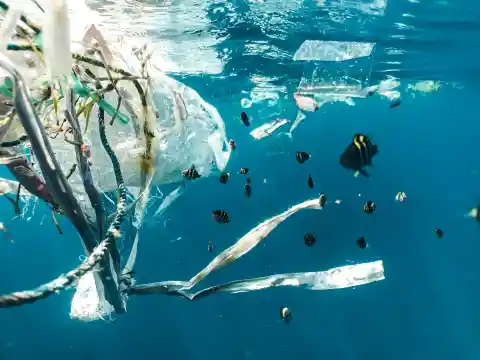
It's hardly surprising that seafood has the highest content of microplastics, given that the majority of plastic trash ends up in oceans, where it degrades into particles small enough to be ingested by planktonic species. The plastic then travels up the food chain and contaminates the majority of the seafood that we consume. The study discovered indications of plastic fibers in the filets and liver of many fish species, indicating that these microplastics are not just ingested and eliminated by fish. Smaller fish contain more microplastics per gram of tissue than larger fish do overall.
Shellfish feed by filtering water. This implies that as they feed themselves, they also clean the water by pumping in fresh water and filtering it via an internal filter that filters out tiny particles. Sadly, because microplastics are tiny enough to get through those filters, eating shellfish can expose you to an alarmingly high level of microplastics.
Avoid Food in Metal Cans
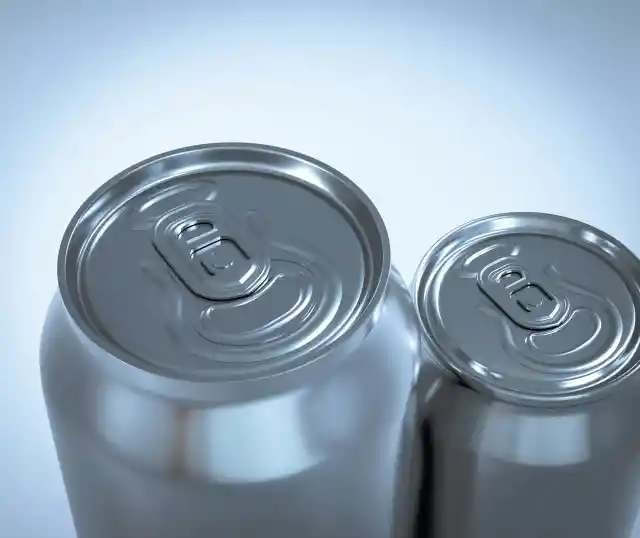
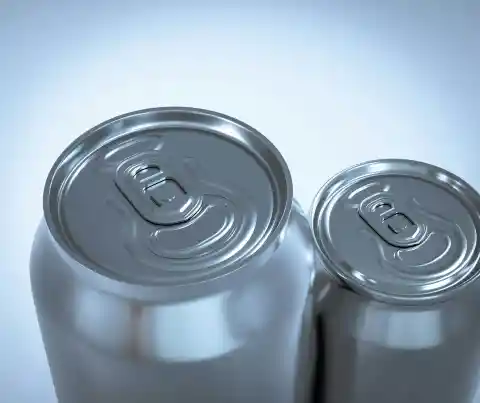
Metal cans are lined with either BPA (bisphenol-A) or an alternate BPA-free chemical. This is particularly harmful to oily seafood, such as anchovies or sardines, and canned tomatoes. Tomato acidity accelerates the pace at which the chemicals leach. This also applies to carbonated drinks, such as sparkling water or beer. Look for glass containers rather than metal or aluminum ones when purchasing fish and fizzy drinks.
Filter your Tap Water
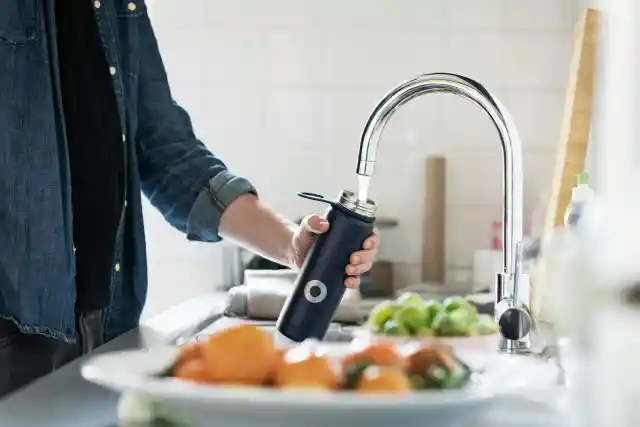
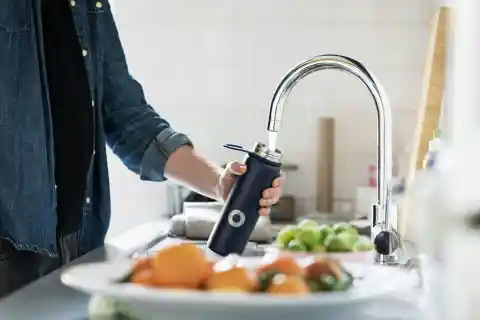
It's very likely that the tap water you drink contains microplastics. Although there are other sources of these plastics, littering, stormwater runoff, and inadequate wastewater treatment facility management are the main ones. Get a water filter for your drinking water, such as a distillation or carbon block filter, which have both been shown to remove 100% of known microplastics.
Replace Teabags
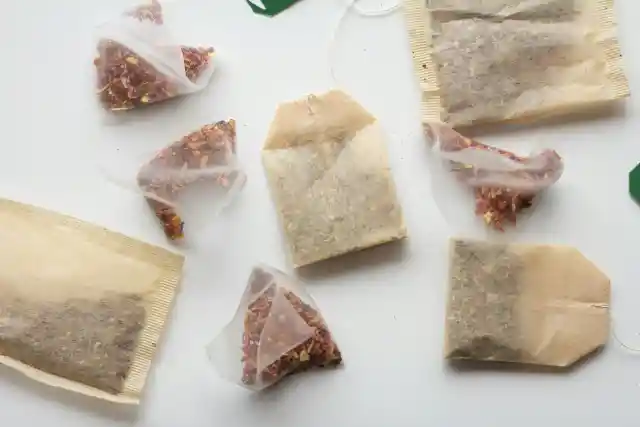
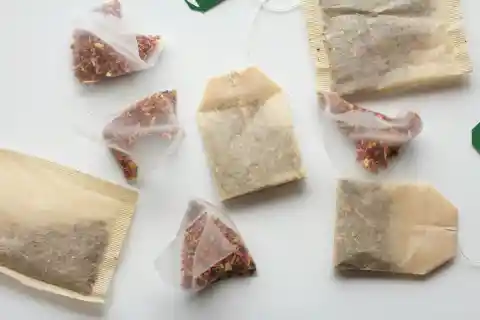
The seemingly innocent teabag might not be that innocent after all. Billionths of micro and nanoplastics can be released into your tea while brewing a plastic tea bag. Despite being marketed as "paper," a lot of tea bags really contain plastic. To prevent this, use refillable, reusable linen tea bags or tea balls when steeping loose-leaf tea.
Reduce Processed Food
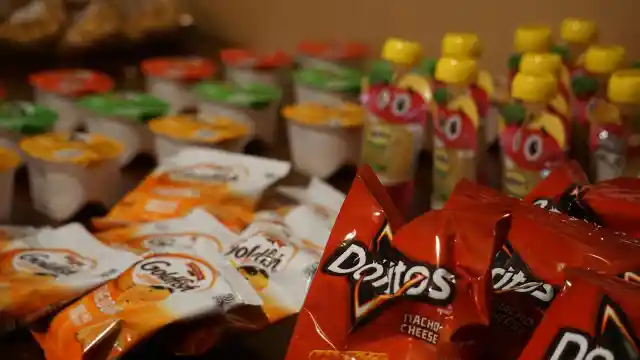
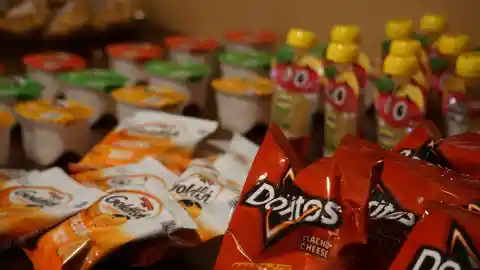
Studies indicate that meals with a high processing level contain more microplastics. The use of plastic tools or packaging in the production, processing, or delivery of food might contaminate processed foods with microplastics. The next time you feel the midday slump, reach for low-fat or unprocessed foods like sun-dried fruit, almonds, or raw veggies with hummus.
Replace Sea Salt
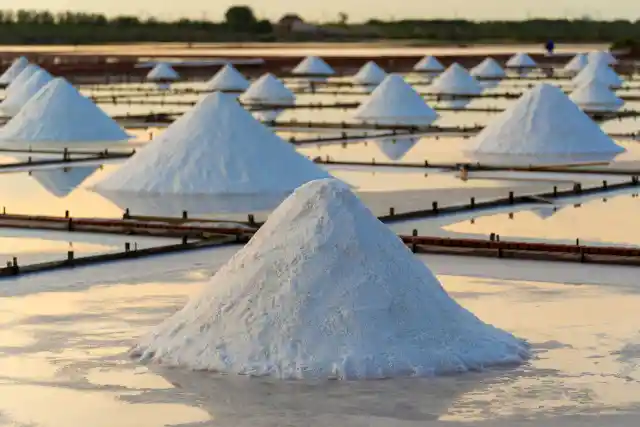
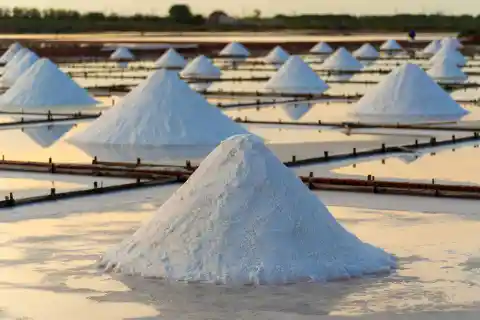
Sea salt has many wonderful health advantages, including balancing electrolytes, increasing blood pressure regulation, and encouraging hydration. However, this common element also contains traces of marine plastic. Studies have discovered that sea salt has a high concentration of microplastics. If you're seasoning your supper, switching to Redmond or Himalayan sea salt can be the answer to avoiding microplastic exposure. These salts are obtained mostly from clean sources that aren't already tainted by microplastics.